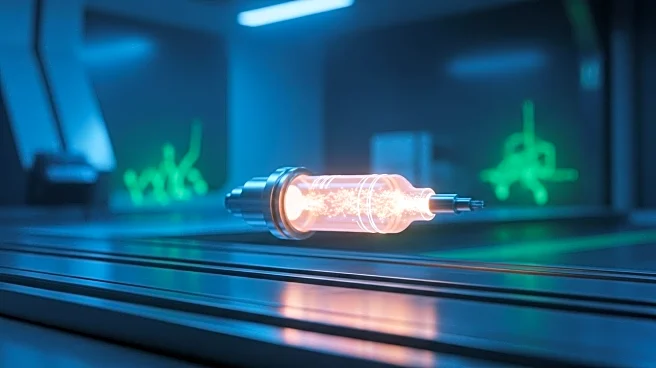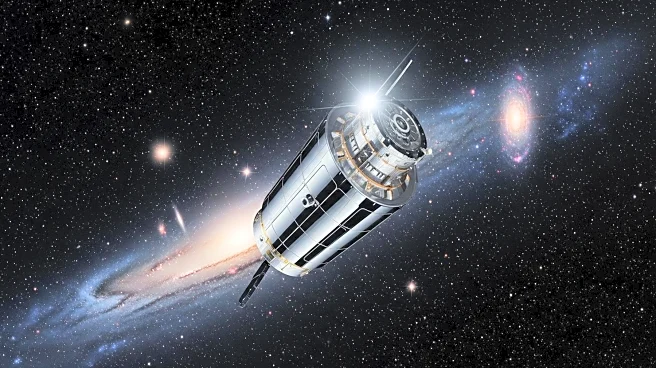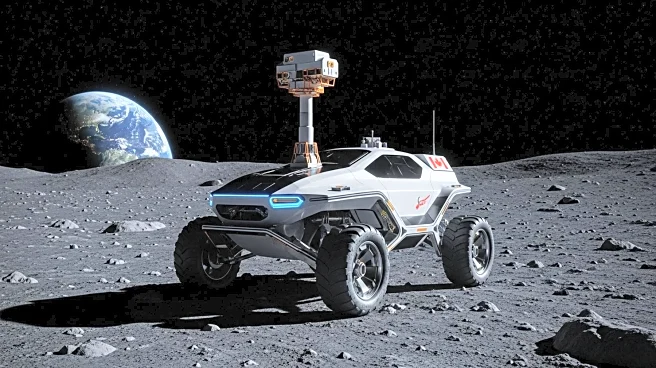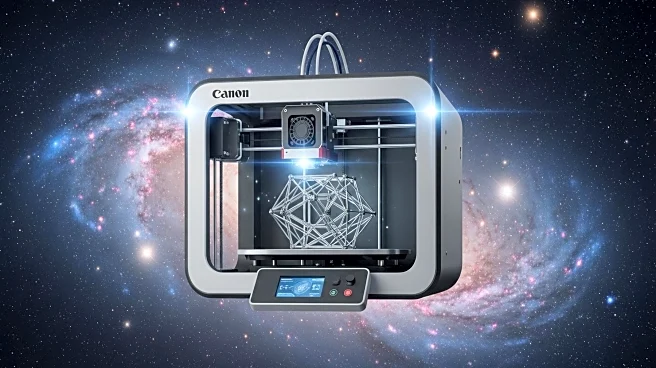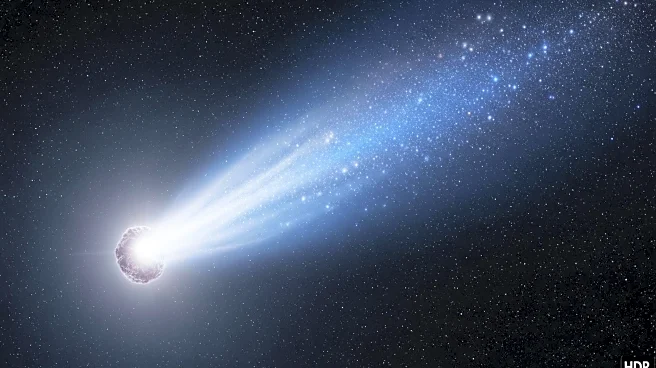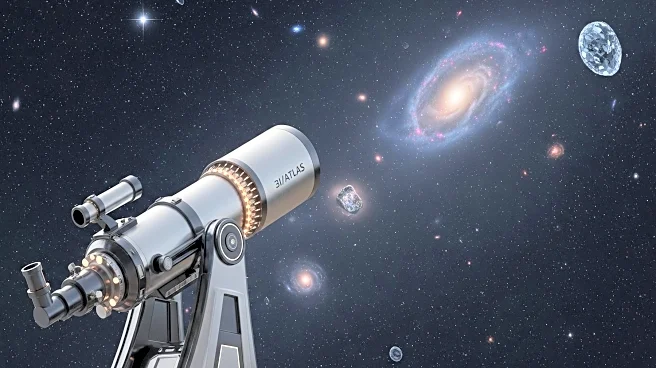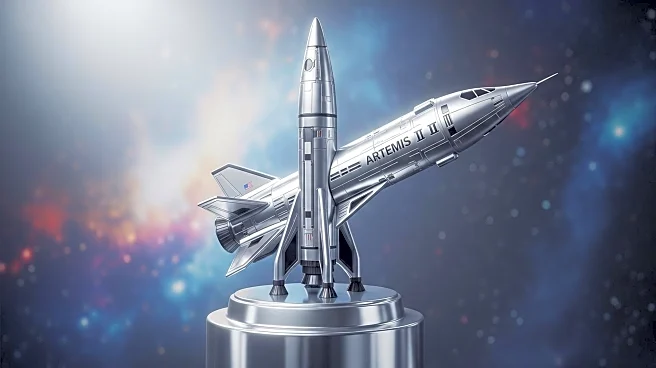What's Happening?
NASA is advancing its space exploration capabilities by testing a new nuclear fuel, americium-241, which promises to enhance the longevity and reliability of spacecraft missions. This development is part of a collaboration with the University of Leicester, focusing on the use of Stirling generators that simulate the thermal output of americium decay. The Stirling generator design, featuring floating pistons, allows for continuous operation with minimal wear, crucial for long-duration missions. Americium-241, with a half-life of 432 years, offers a sustainable alternative to traditional plutonium-238 fuel, which is more expensive and difficult to produce. Successful performance tests have been conducted, paving the way for a more advanced testbed that is lighter and more efficient, suitable for environmental testing necessary for space travel.
Why It's Important?
The development of americium-241 as a nuclear fuel is significant for the future of space exploration, particularly for missions to the outer solar system where sunlight is scarce. This fuel's long-lasting power capabilities could enable spacecraft to reach and explore previously inaccessible parts of the solar system. The collaboration with international research institutions highlights NASA's commitment to advancing space technologies and addressing the complex challenges of space travel. The successful implementation of americium-241 could set a new standard for powering future missions, enhancing the capabilities of both robotic and human explorers as they venture into deeper space.
What's Next?
NASA plans to continue testing the americium-fueled Stirling generators, exposing them to vibration, thermal cycling, and vacuum conditions to ensure their resilience in real-world missions. If fully developed, these generators could power scientific instruments and equipment in environments where solar power is limited or unreliable, such as the Moon's permanently shadowed craters or the icy moons of Jupiter and Saturn. The ongoing research and testing efforts are critical for meeting the increasing demand for power systems that can support long-duration missions, potentially unlocking new frontiers in space exploration.
Beyond the Headlines
The shift towards americium-241 represents a significant advancement in sustainable and efficient space power solutions. This development not only enhances our understanding of the universe but also inspires a new generation of scientists and engineers to push the boundaries of what is possible. As exploration initiatives grow more ambitious, the need for reliable energy sources will become even more pronounced, shaping the next era of discovery in the cosmos.
